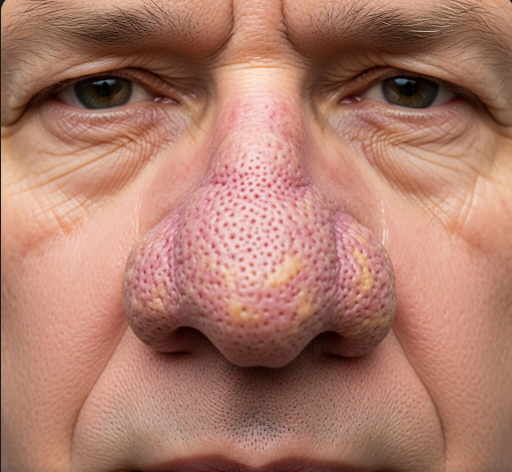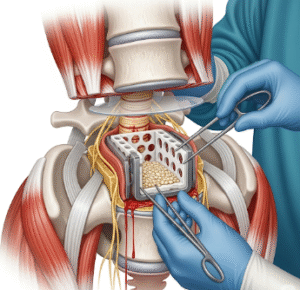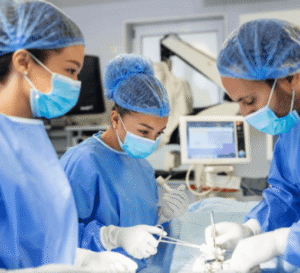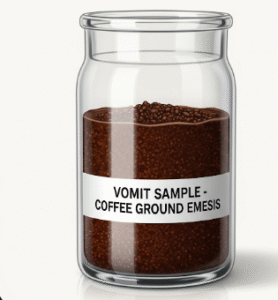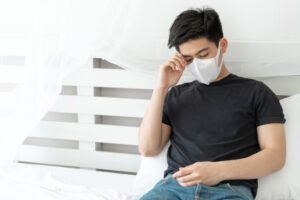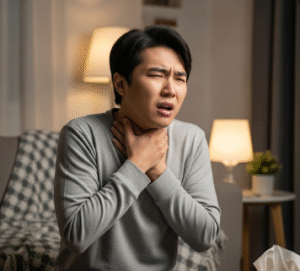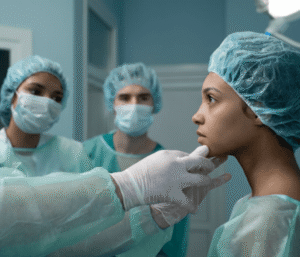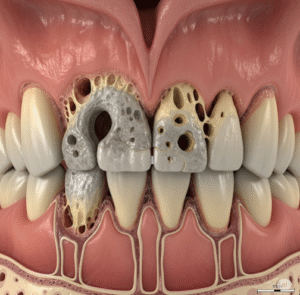Overview
Rhinophyma is a chronic skin condition characterized by a large, bulbous, and red nose due to thickening of the nasal skin and underlying tissue. It is considered a severe form of rosacea, predominantly affecting middle-aged and older men. In Korea, dermatologists and plastic surgeons provide advanced treatment options to manage rhinophyma, improving both function and cosmetic appearance.
What is Rhinophyma?
Rhinophyma is the result of progressive enlargement and fibrosis of the sebaceous (oil) glands and connective tissue of the nose. It causes the nose to appear swollen, bumpy, and reddish. Though not dangerous, rhinophyma can lead to nasal obstruction and significant cosmetic concerns.
Symptoms
- Enlarged, bulbous nose with irregular surface texture
- Thickened skin with visible pores and nodules
- Redness and persistent inflammation
- Nasal obstruction or difficulty breathing in severe cases
- Cosmetic disfigurement leading to psychological distress
Causes
- Chronic rosacea, especially untreated or severe cases
- Genetic predisposition
- Excessive alcohol consumption (historically thought, but not a direct cause)
- Environmental triggers such as sun exposure, heat, and spicy foods
Risk Factors
- Male gender (much more common in men)
- Age over 40 years
- Longstanding rosacea
- Family history of rosacea or rhinophyma
Complications
- Nasal airway obstruction
- Secondary infections due to skin changes
- Emotional and social impact due to altered appearance
Prevention
- Early and effective treatment of rosacea to prevent progression
- Avoidance of known rosacea triggers (sun exposure, alcohol, spicy foods)
- Regular dermatological follow-up
Treatment Options in Korea
Korean dermatology and plastic surgery centers offer several effective treatments for rhinophyma:
- Medications: Topical and oral treatments for rosacea to control inflammation.
- Surgical Treatments:
- Laser therapy (CO2 laser, erbium laser) to remove excess tissue and reshape the nose.
- Dermabrasion or electrosurgery to smooth thickened skin.
- Conventional surgical excision in severe cases.
- Reconstructive Surgery: To restore nasal contour and function if needed.
- Post-Treatment Care: Includes wound care, antibiotics, and follow-up to prevent recurrence.

